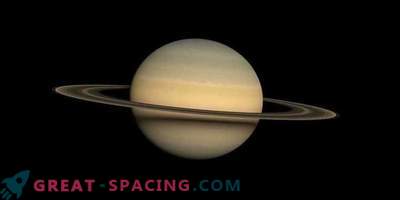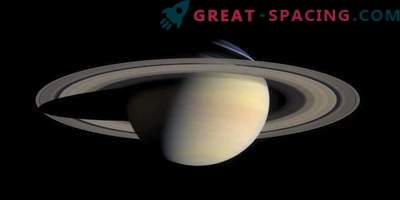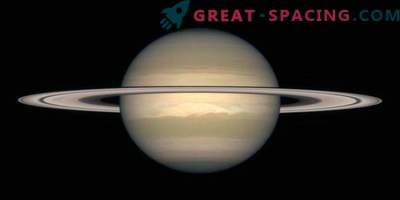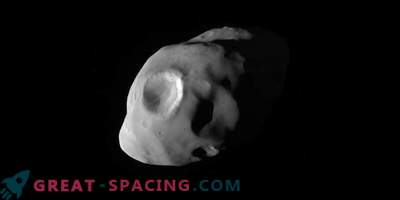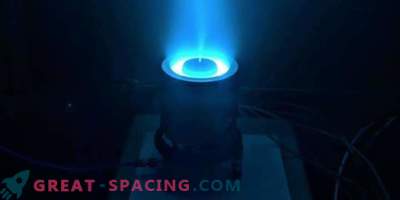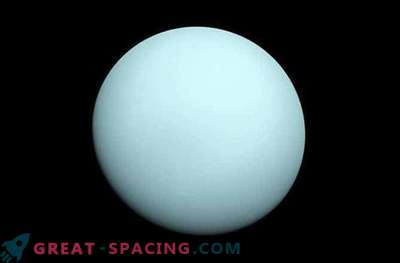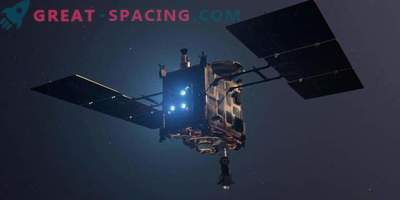
The new study, based on the last orbits of NASA's Cassini spacecraft, will be a huge leap in human understanding of the Saturn system. Particular attention was paid to the mysterious region between the rings and the planet. Most of the findings are created from data obtained during the Great Final in September 2017, when the device finally plunged into the atmosphere of the planet.
The team knew that the device was destined to die. However, he was the first to go to where earthly mechanisms had not yet stepped. He first explored the magnetized environment of Saturn, flew through the icy and stony particles of the ring and “sniffed” the atmosphere in a width of 2000 km between the rings and the tops of the clouds. We still have a lot of amazing information to discover, but here are some of the latest findings:
- Complex organic compounds fall from the rings of Saturn into the upper atmosphere of the planet. Scientists noticed water and silicates, but were surprised by the appearance of methane, ammonia, carbon monoxide, nitrogen and carbon dioxide. The composition of organic substances is different from the composition on Enceladus and Titan (Saturn's moons). This means that there are at least three different reservoirs of organic molecules in the system.
- For the first time, Cassini came close to how the rings come into contact with the planet, observing the fall of particles and gases from the inner ring to the atmosphere. Some particles take electrical charges and roll in a spiral along the magnetic field lines, entering Saturn at higher latitudes (“ring rain”). But it was strange to watch the fall rate at the equator (10,000 kg / s).
- The material in the gap between the rings and the atmosphere of Saturn seemed surprising. Earlier it was believed that particles vary in size from large to small. But the sampling in the gap showed mostly tiny nanometer-sized particles, like smoke. It is believed that there is an unknown process, grinding particles.
- Saturn and rings maintain a stronger bond than previously thought. Cassini discovered an unknown system of electrical current connecting the rings to the upper part of the planetary atmosphere.
- Researchers found a new radiation belt around Saturn, close to the planet and consisting of electrical particles. Although the belt intersects with the innermost ring, but the latter is so thin that it does not interfere with the formation of the belt.
- Unlike any other planet in the solar system with a magnetic field, at Saturn it is almost completely aligned with the axis of rotation of the planet. The slope is only 0.0095 degrees, which is strange if we recall the earth index - 11 degrees.
- Cassini flew over the magnetic poles of Saturn, studying the areas of radio-beam generation. The findings doubled the number of direct measurements of radio sources from the planet. It is believed that this mechanism of radio generation operates throughout the universe.
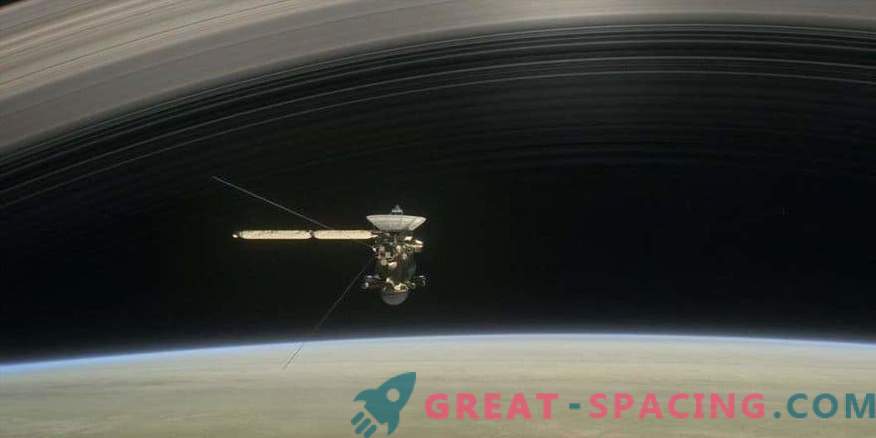
NASA's Cassini spacecraft plunges between Saturn and its inner rings as part of the Grand Final For the Cassini mission, the Great Final and the scientific information obtained fully justifies the risk of sinking into the gap and flying around the inner rings. All the mechanisms in this area were completely unexpected. Scientists will have to spend many more years to analyze all the information obtained by the apparatus. Therefore, many secrets are pending.
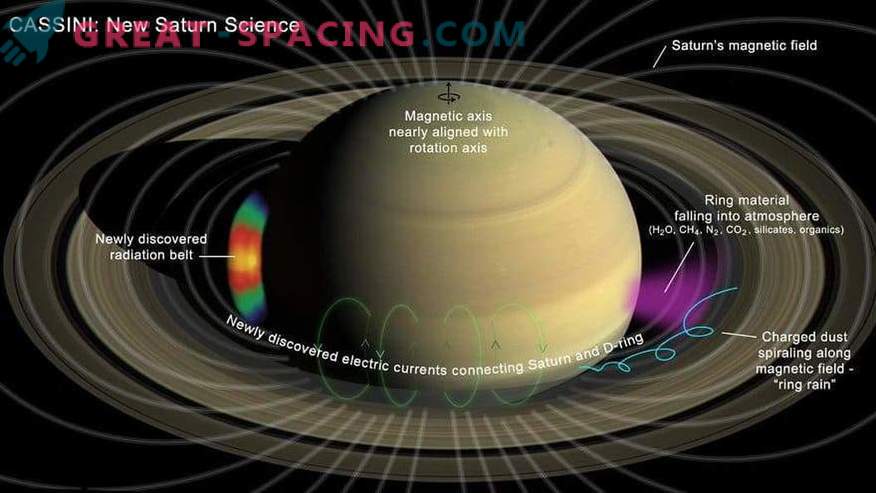
Some conclusions from Cassini’s direct sampling: complex organic substances descend from the rings, particles of the inner ring accept electric charges and move them along the magnetic field lines, electrical current systems and radiation belts exist, accurate measurement of the planet’s magnetic field has been made

The illustration shows a NASA Cassini spacecraft view during one of the last dives between Saturn and the inner rings.



